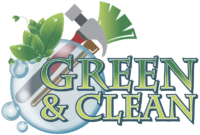Modern comfort depends on conveniences we often overlook, and few are more essential than indoor plumbing. The simple act of turning on a faucet, taking a shower, or flushing a toilet connects us to centuries of human progress. Understanding when indoor plumbing invented not only reveals how far society has come but also underscores why maintaining today’s systems matters more than ever. What began as rudimentary water channels thousands of years ago has evolved into the sophisticated plumbing infrastructure that supports homes across Northeast Ohio and the world.
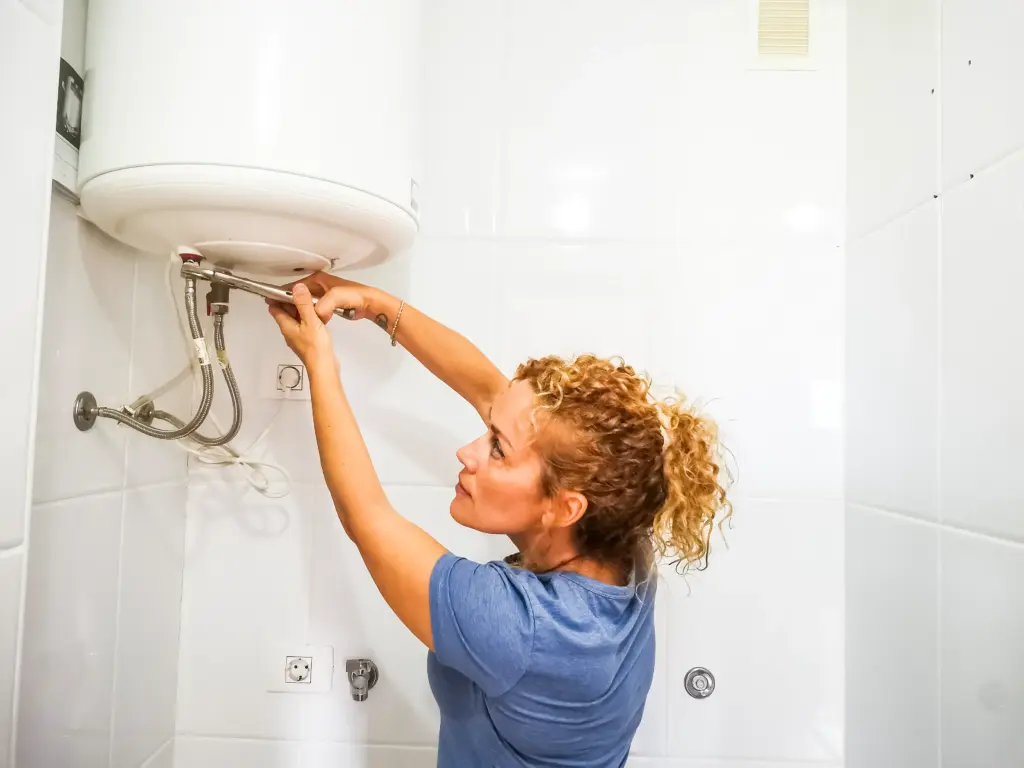
The Earliest Traces of Indoor Plumbing
Water management has fascinated civilizations for thousands of years. Ancient archaeologists discovered evidence of clay pipes and stone drains in the Indus Valley, dating back nearly five thousand years. These early designs carried wastewater away from homes and supplied clean water to bathing areas. Similar systems appeared in ancient Egypt and on the island of Crete, where the Minoans built underground pipes to deliver fresh water and remove sewage. According to Smithsonian Magazine, some of these ancient drains even used copper materials, showing remarkable understanding of sanitation and engineering for their time.
While these systems were advanced for their era, true indoor plumbing—where water was delivered directly into living spaces—developed much later. For centuries, communities relied on shared wells, outdoor latrines, or public bathhouses. The Romans brought plumbing to new heights by introducing pressurized aqueducts and public baths, but much of that knowledge disappeared during the Middle Ages when sanitation fell out of priority in many parts of Europe.
Plumbing Progress in the Modern World
The story of when indoor plumbing invented enters a new chapter in the 16th and 17th centuries, when renewed interest in hygiene and urban planning inspired innovation. Early European palaces and estates began installing private water systems, though they remained luxuries for the wealthy. Lead pipes carried water from cisterns to kitchens and bathing areas, while primitive toilets used gravity-fed systems to flush waste away. Yet, these arrangements lacked the reliability and safety we expect today, often contaminating water sources and spreading disease.
By the 19th century, industrialization fueled the need for cleaner, more organized cities. Engineers began developing municipal water systems and sewage networks that could serve entire populations. According to History.com, the first integrated water supply and sewage systems appeared in major cities such as London and New York in the mid-1800s. Cast-iron pipes replaced lead, and indoor bathrooms became more common in urban homes. These breakthroughs marked the true beginning of indoor plumbing as we know it.
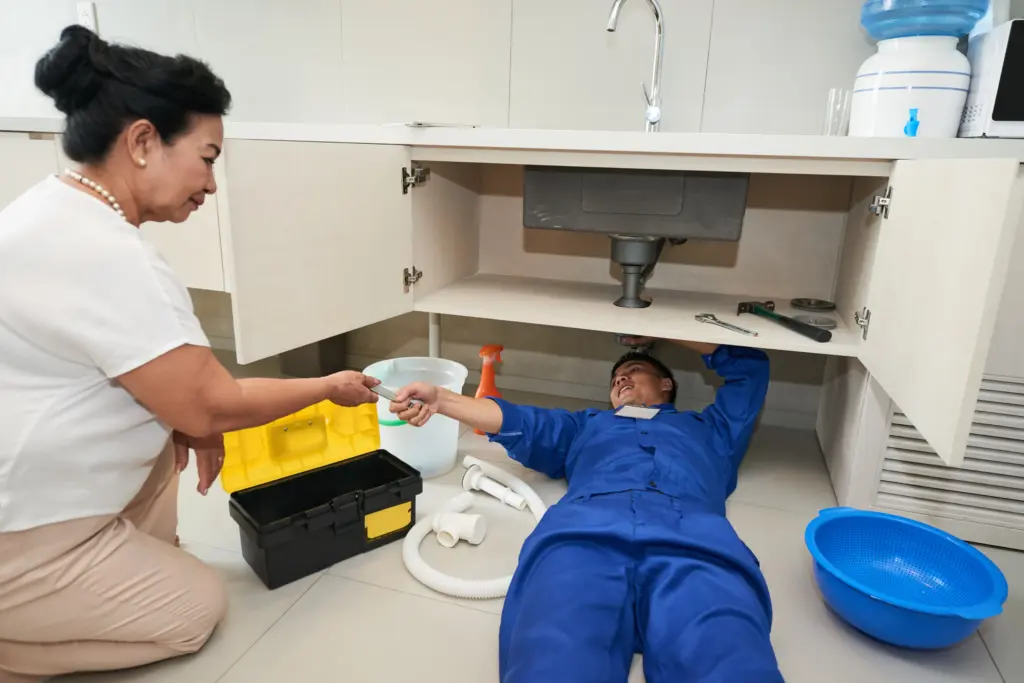
When Indoor Plumbing Reached American Homes
Although urban centers began adopting plumbing infrastructure in the 1800s, rural America did not see widespread indoor plumbing until the mid-20th century. Before that time, many families used outhouses and hand pumps for daily water needs. The transition accelerated after World War II, when advancements in materials like copper and PVC made plumbing more affordable and reliable. Suburban expansion created demand for modern homes equipped with sinks, toilets, and showers inside. For the first time, entire communities could experience the comfort of clean, running water delivered straight to their faucets.
Understanding when indoor plumbing invented also highlights how infrastructure shaped health outcomes. Access to sanitary plumbing reduced disease transmission and improved overall life expectancy. Indoor plumbing made personal hygiene a practical part of daily life, transforming public health in ways that few other technologies have achieved.
Plumbing Evolution Through the 20th Century
As plumbing became a fixture in nearly every home, the technology continued to evolve. Hot water systems introduced convenience, while water heaters replaced manual heating methods. By the 1970s, environmental awareness led to the development of water-saving fixtures and efficient waste systems. Modern plumbing became not just about comfort but also about sustainability and resource management. In Ohio and across the country, plumbers began focusing on preventing leaks, conserving energy, and improving material durability to meet growing demand.
Homes built during this period often included advanced drainage systems and multiple bathrooms. Public infrastructure kept pace, replacing aging water mains and improving treatment facilities. Today, the efficiency and safety of indoor plumbing reflect centuries of experimentation and refinement. Yet, this same evolution reminds homeowners that proper maintenance remains critical to keeping those systems safe, clean, and efficient.
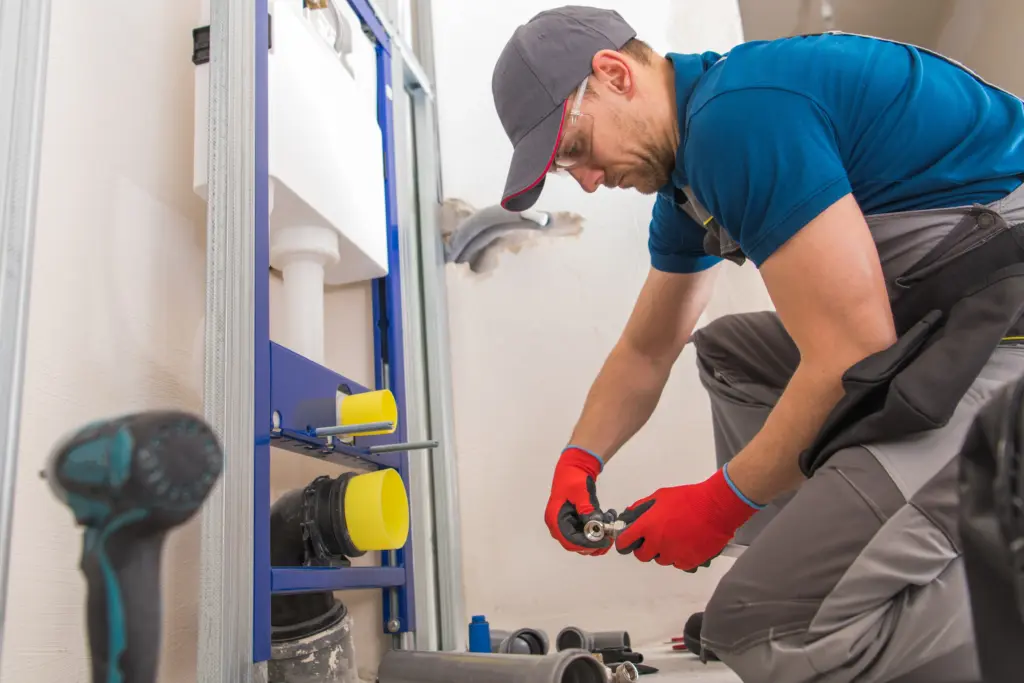
How Indoor Plumbing Shapes Modern Living
The convenience that indoor plumbing provides often hides the complexity beneath the surface. Every pipe, seal, and valve works in harmony to deliver clean water and remove waste safely. The reliability of these systems depends on regular inspection, cleaning, and repair. When even small leaks go unnoticed, they can lead to water damage, mold, or reduced efficiency. Learning about when indoor plumbing invented offers more than historical curiosity—it connects directly to the responsibility homeowners have today to care for their systems.
Many homes in Northeast Ohio still rely on plumbing infrastructure that dates back several decades. Over time, minerals, corrosion, and general wear can weaken older pipes. Modern plumbing solutions now include durable materials such as PEX and advanced filtration technologies that extend system life. Homeowners who invest in maintenance protect not only their property but also the health and safety of their families.
Connecting the Past to the Present
The same ingenuity that inspired the ancient builders of the Indus Valley and the engineers of Victorian cities continues to influence plumbing professionals today. At Green & Clean Home Services, we view plumbing not only as a technical skill but as a continuation of that long history of problem-solving and innovation. Our work focuses on keeping modern plumbing systems efficient, reliable, and safe for every homeowner. Just as early civilizations valued access to clean water, our mission is to help families maintain that same essential comfort in their daily lives.
We approach maintenance and repair with respect for the systems that have evolved through centuries of progress. Whether it’s cleaning vents, inspecting drains, or managing indoor air quality, our goal remains the same—providing homes across Lake, Cuyahoga, Geauga, Summit, and Portage Counties with dependable service that preserves both health and comfort. The story of when indoor plumbing invented serves as a reminder that innovation never stops; it simply changes form with each generation of homeowners and professionals.
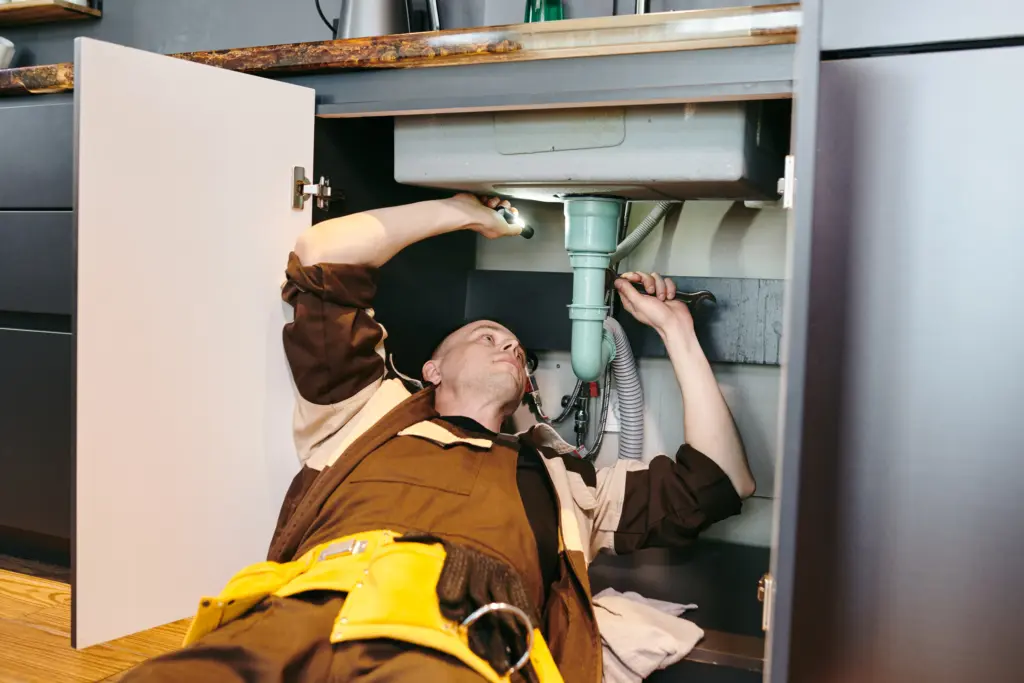
The Continuing Importance of Maintenance
Even the most advanced plumbing systems require attention. Routine inspections catch small issues before they grow into costly repairs. Checking for leaks, cleaning drains, and maintaining proper water pressure keeps systems performing efficiently. Regular service also ensures that your plumbing meets current safety standards and environmental regulations. A proactive approach reduces water waste and extends the lifespan of your home’s infrastructure. Modern homeowners can honor centuries of innovation by caring for their systems with diligence and expertise.
Preserving the Legacy of Plumbing Innovation
From the stone channels of ancient civilizations to the smart fixtures of today, plumbing has shaped human progress at every stage. Understanding when indoor plumbing invented reminds us that comfort and health rely on systems often hidden behind walls and floors. It also reveals how much responsibility comes with that convenience. At Green & Clean Home Services, we continue that legacy by helping homeowners protect their modern plumbing systems through careful inspection and maintenance.
If your home’s plumbing shows signs of wear, or you simply want peace of mind about its condition, our team is ready to assist. We combine traditional expertise with modern tools to ensure your water systems run smoothly and efficiently. Learn more about our professional services or contact us today to schedule an appointment. From the earliest inventions to the systems we maintain now, plumbing continues to define the comfort and health of every home.
